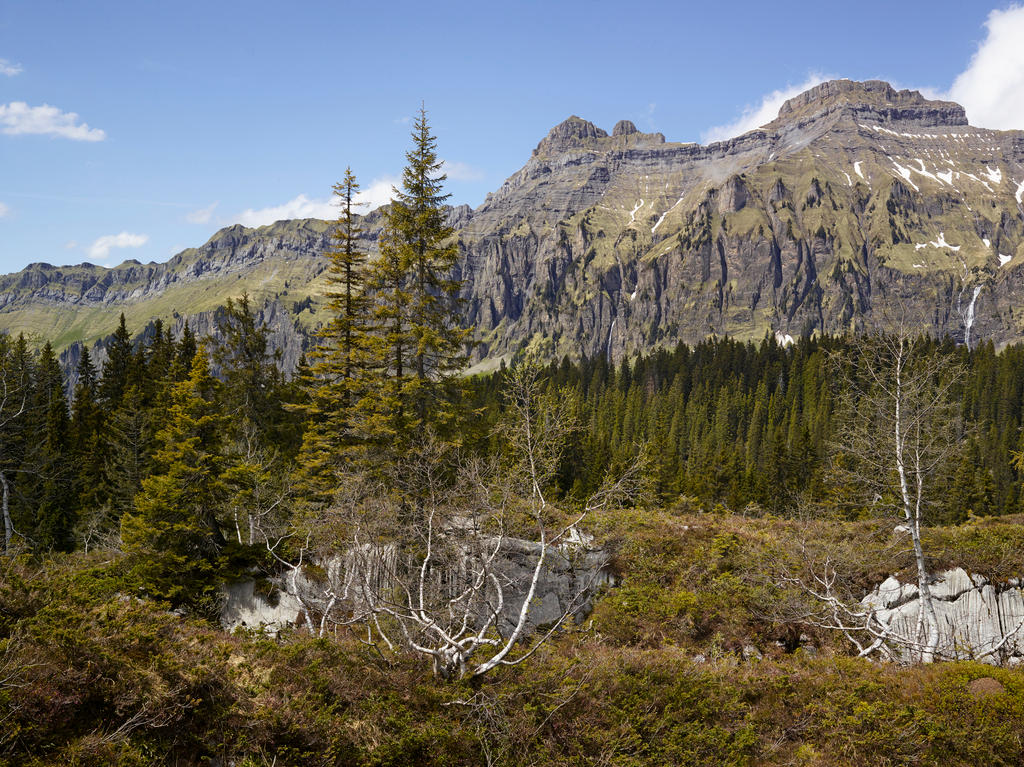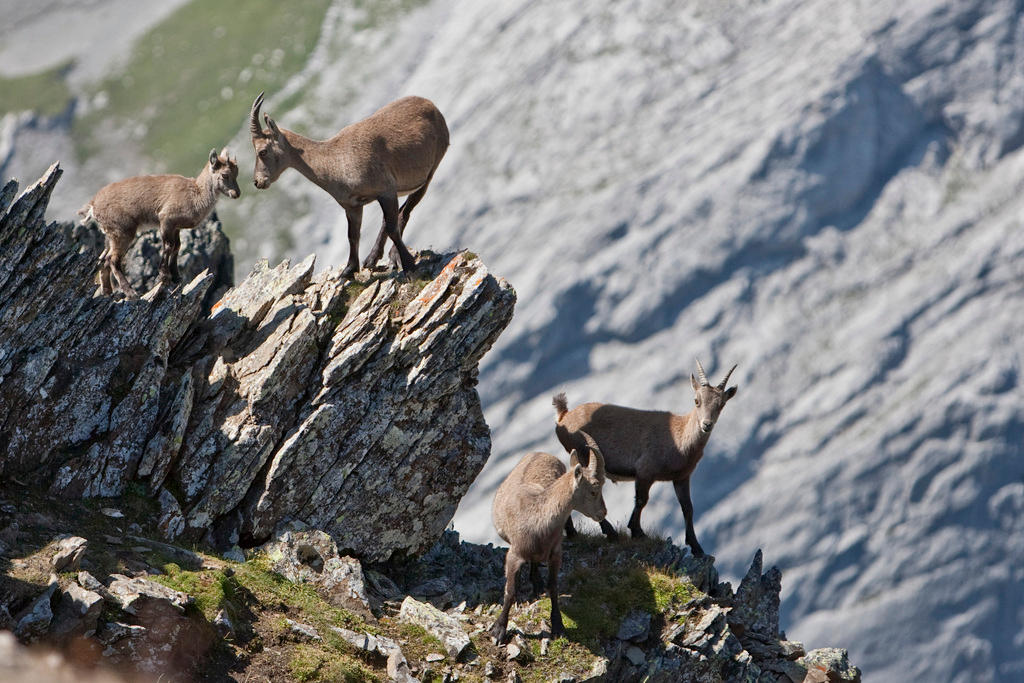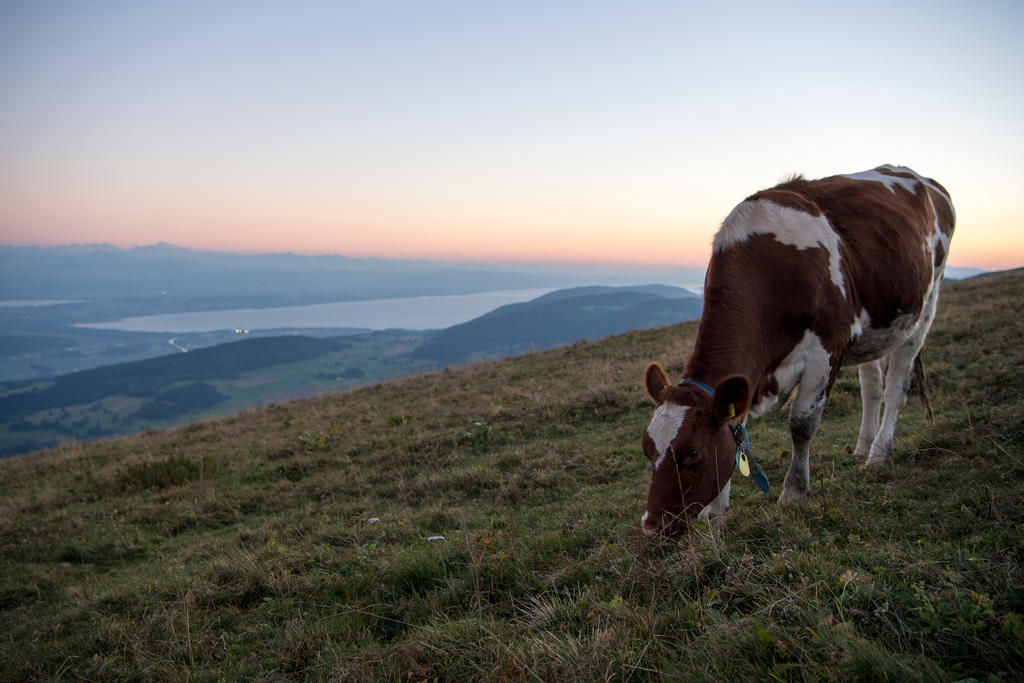Swiss forests must adapt to cope with climate change

Norway spruce and European beech trees are struggling to keep pace with warmer and drier climatic conditions in Switzerland, new research shows. Scientists propose planting tree seeds from warmer habitats or even new species to anticipate the fast-evolving climatic conditions.
Norway spruce, silver fir and European beech are three most important tree species for Switzerland’s forestry and timber industry. But climate change is putting pressure on these species in different ways.
Scientists at Swiss Federal Institute for Forest, Snow and Landscape Research (WSL)External link have found that the Norway spruce, the forestry sector’s ‘money tree’, could be endangered across the country by advancing climate change up to the year 2100.
Their research was published in the recent edition of the Global Change Biology journal.
The deciduous European beech is also exposed to climate risks, but less badly than the Norway spruce, researchers found. Silver firs, meanwhile, had hardly adapted to the local climate so ‘seem likely to stand up well to ongoing climate change’, they said.
Action is needed to prepare future generations of forests, the WSL scientists warn.
“Young Norway spruce grown from seeds originating from warmer habitats could be planted in places that are still cooler today, to anticipate climate change, provided that they are sufficiently frost-resistant to cope with potentially harsher climatic conditions in their new location,” they said in a statement published on Thursday.
Norway spruce, for example, could be taken from the valley floor and planted in forests at higher altitudes or taken from warm regions outside Switzerland.
“If we use seed from trees in warmer and drier regions, we will at least have a chance of these species continuing to thrive for another forest generation. This way, our forests will remain stable and protect us against natural hazards,” said WSL co-author Caroline Heiri.
“However, there is no miracle stock of silver firs or European beeches”, added Aline Frank, the lead author of the study. “So we must also consider the possibility of switching to another tree species.”
For their research the WSL scientists studied various climate scenarios and created two forest nurseries at Birmensdorf, canton Zurich, and above Matzendorf in canton Solothurn. There they grew 16,000 saplings and examined the growth characteristics of 92 Norway spruce, 90 silver fir and 77 European beech populations from across Switzerland. The study was carried out as part of the Forest and Climate Change research programme run by the Federal Office for the Environment and WSL.

In compliance with the JTI standards
More: SWI swissinfo.ch certified by the Journalism Trust Initiative











You can find an overview of ongoing debates with our journalists here . Please join us!
If you want to start a conversation about a topic raised in this article or want to report factual errors, email us at english@swissinfo.ch.